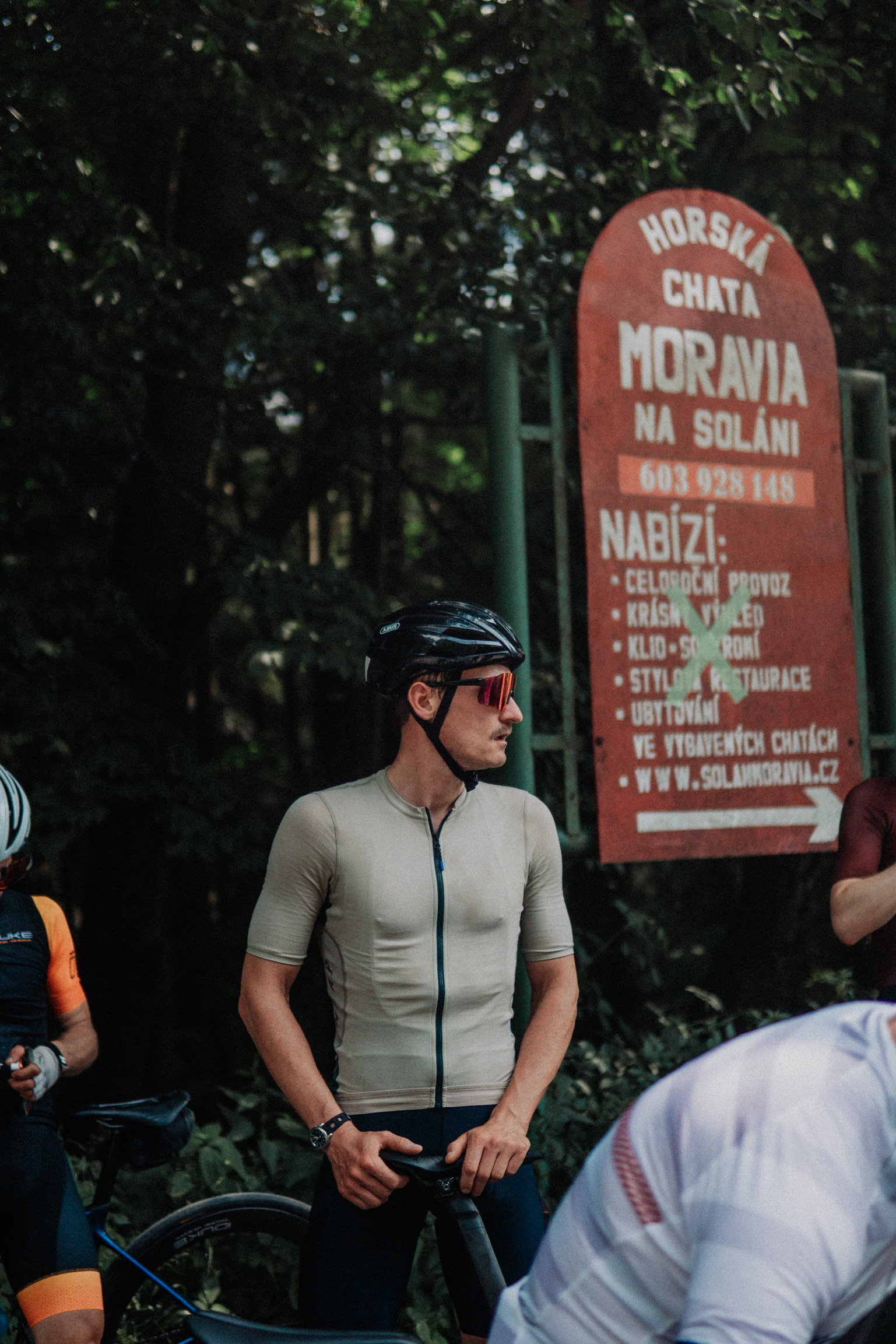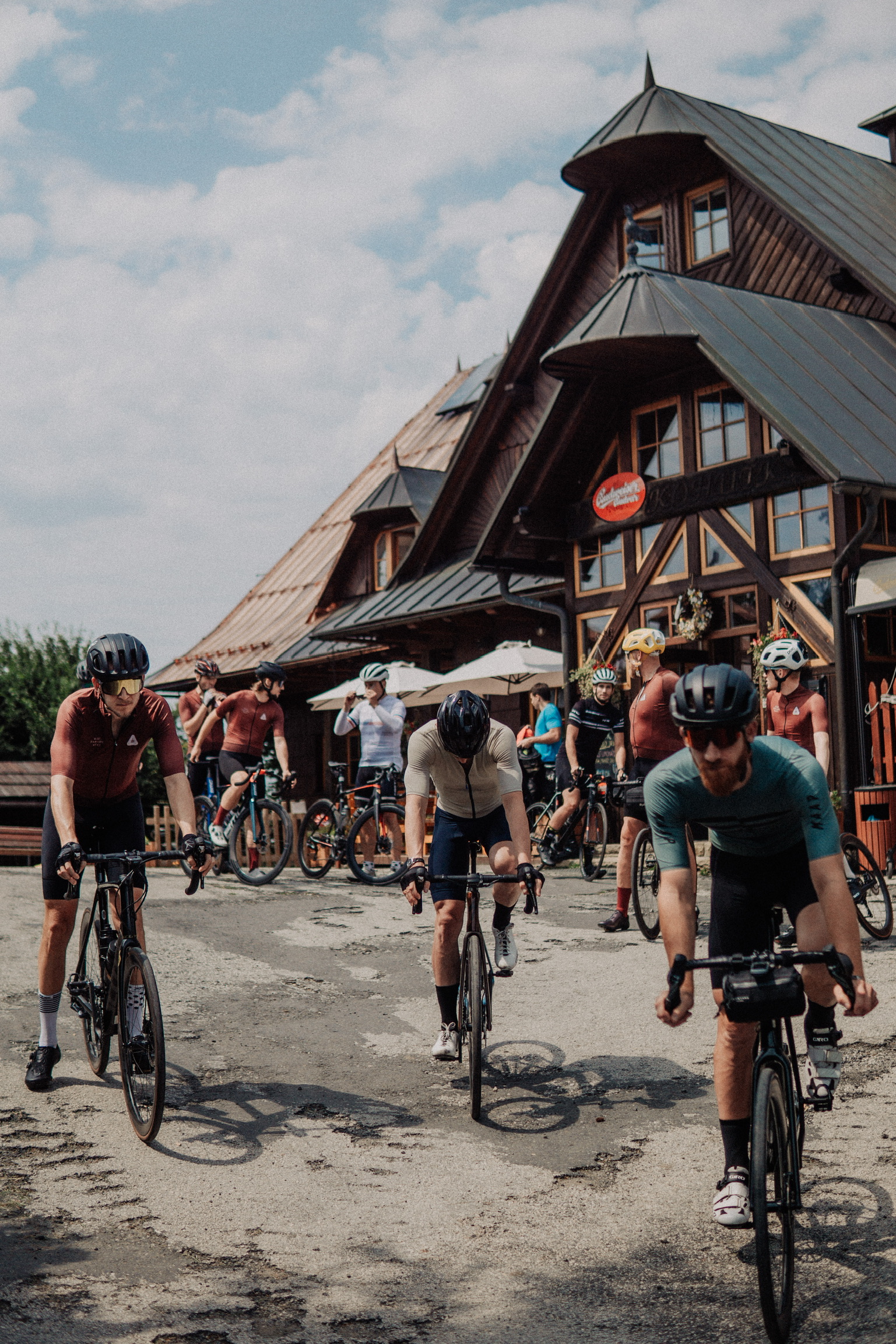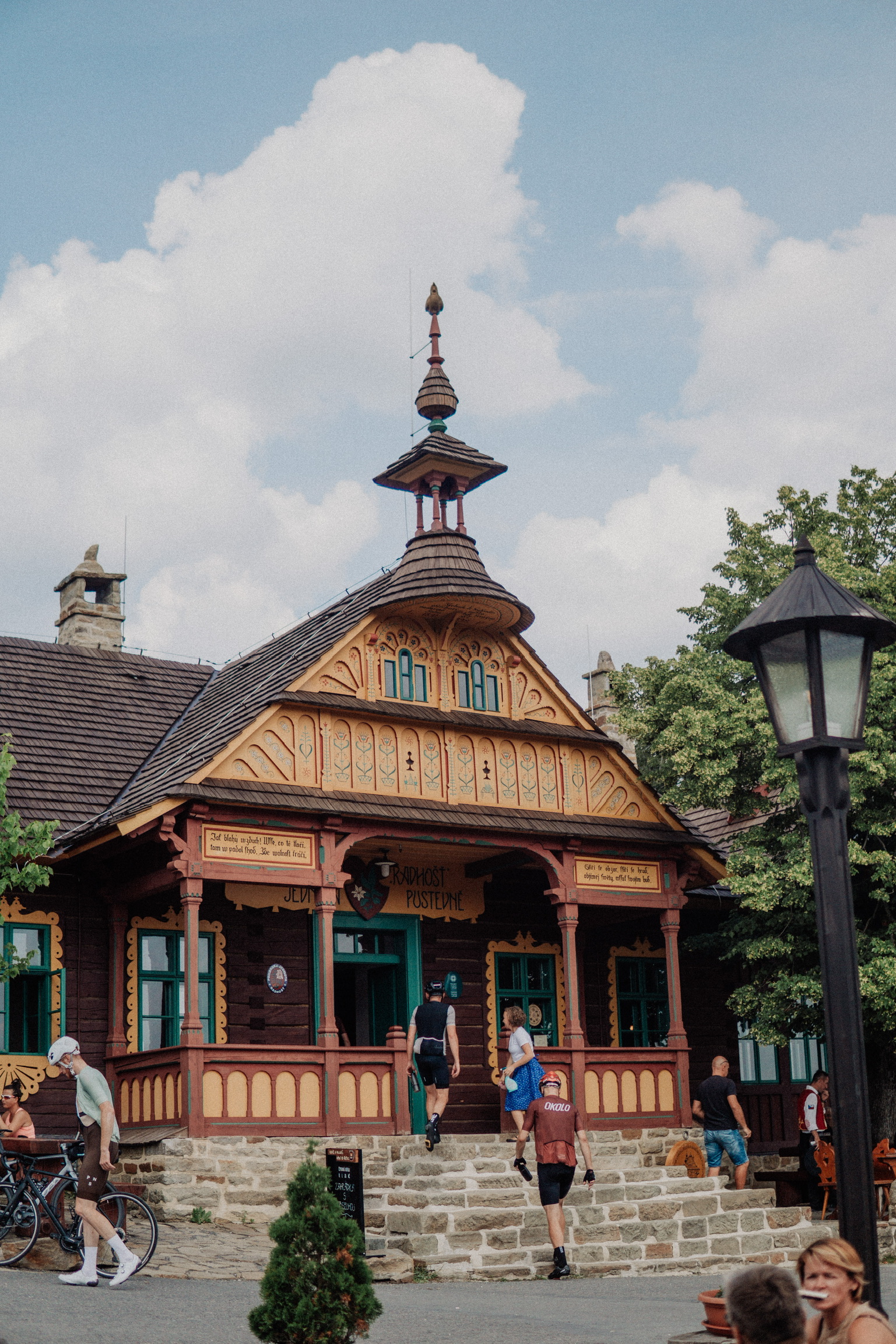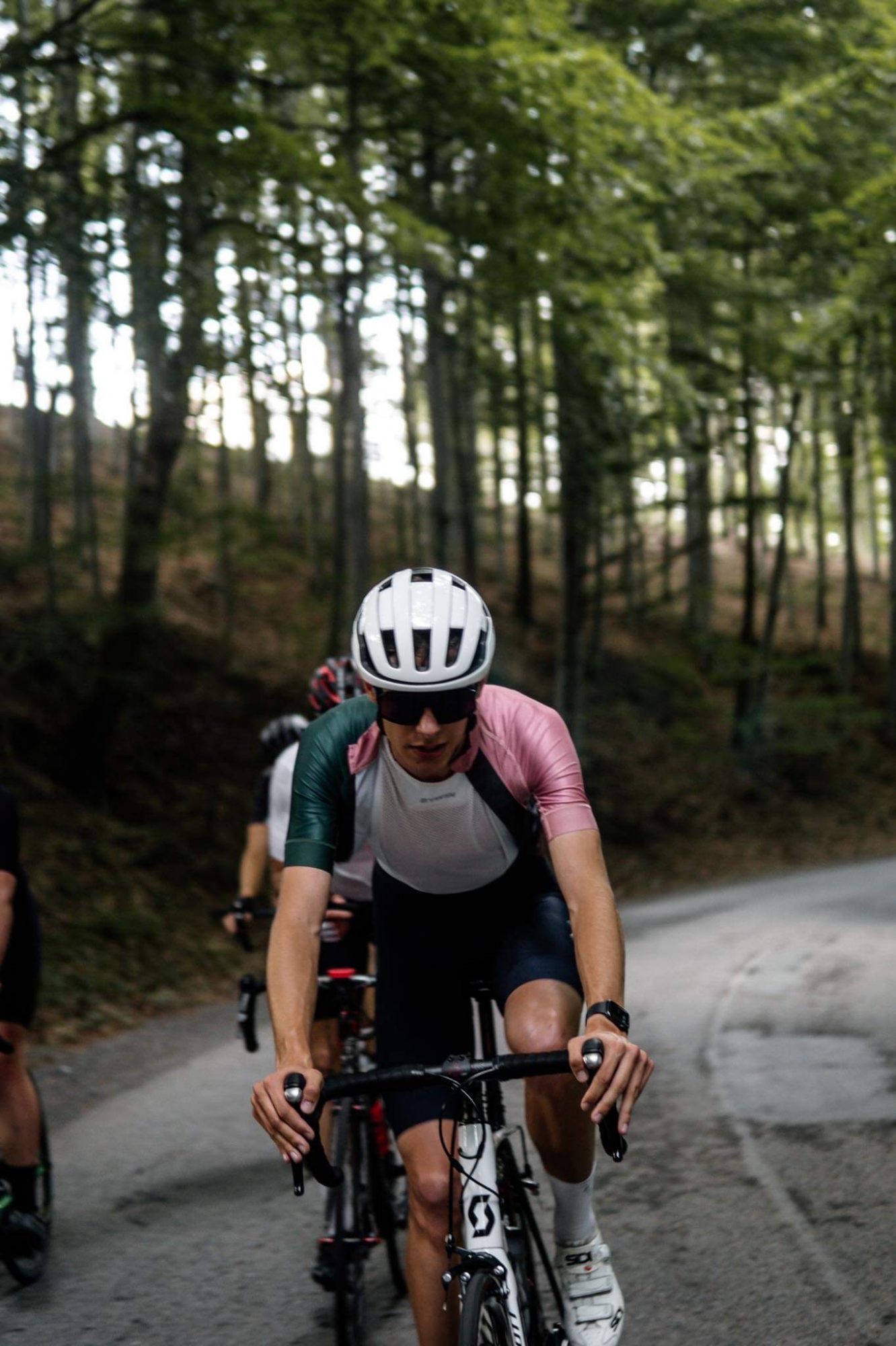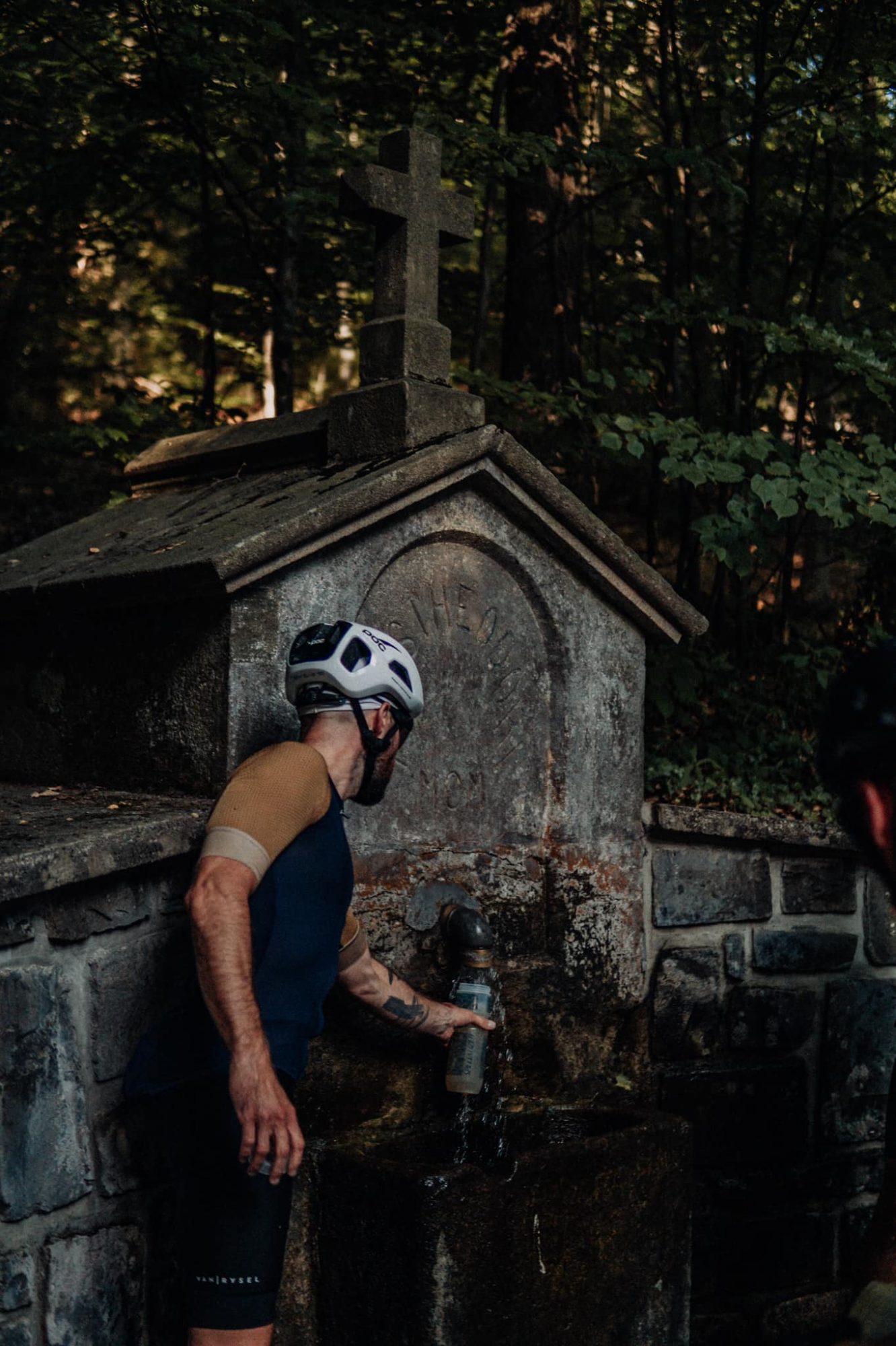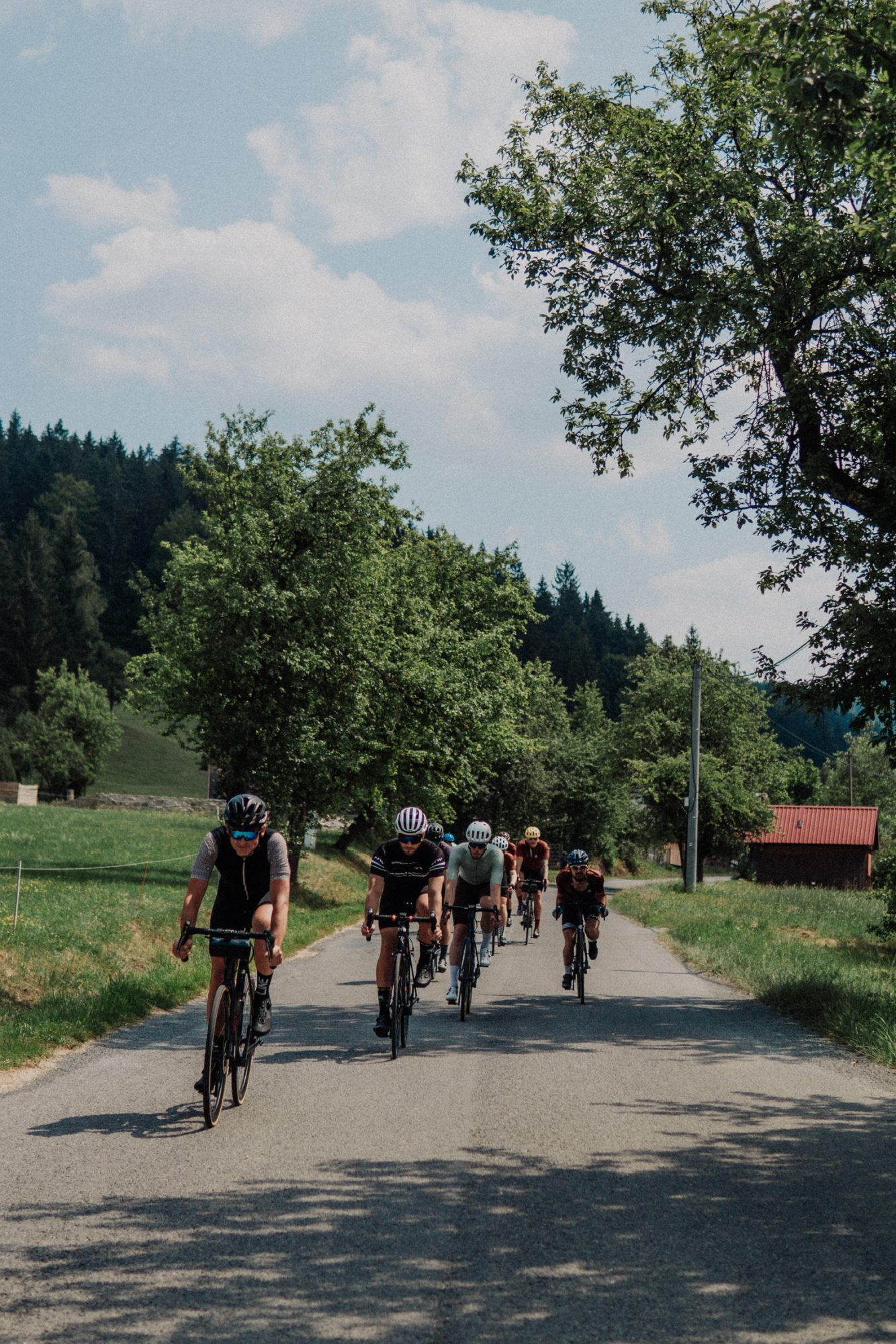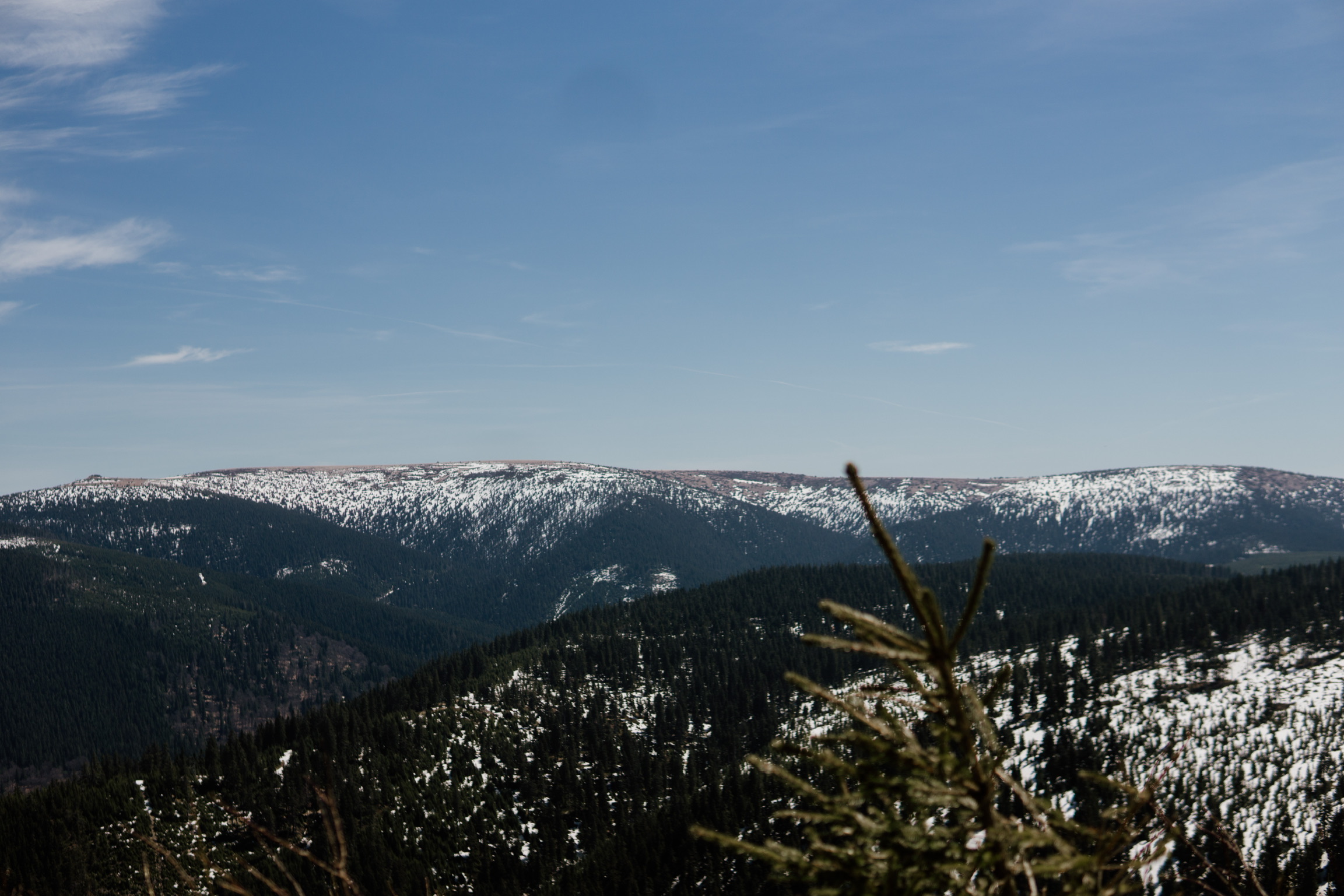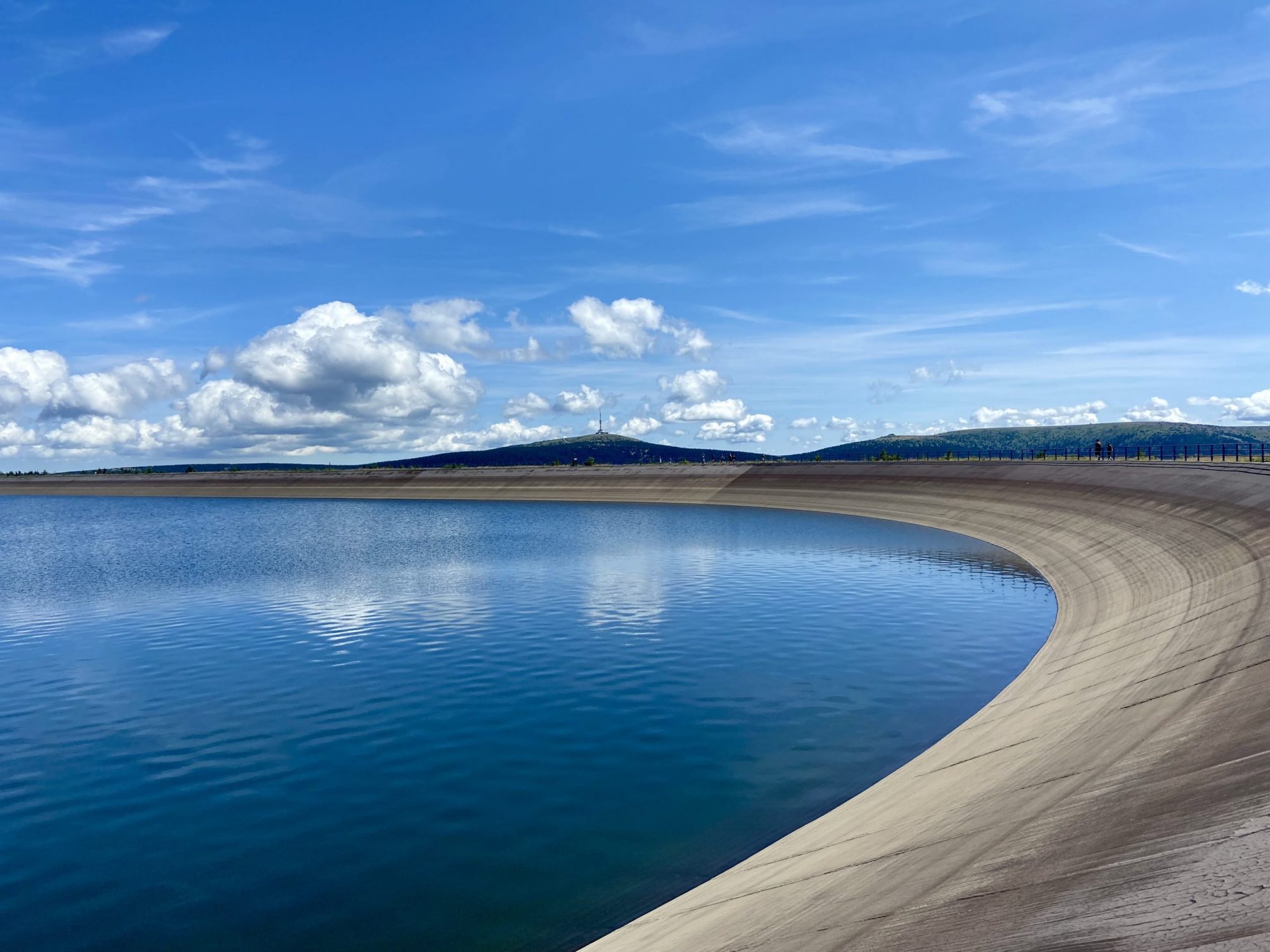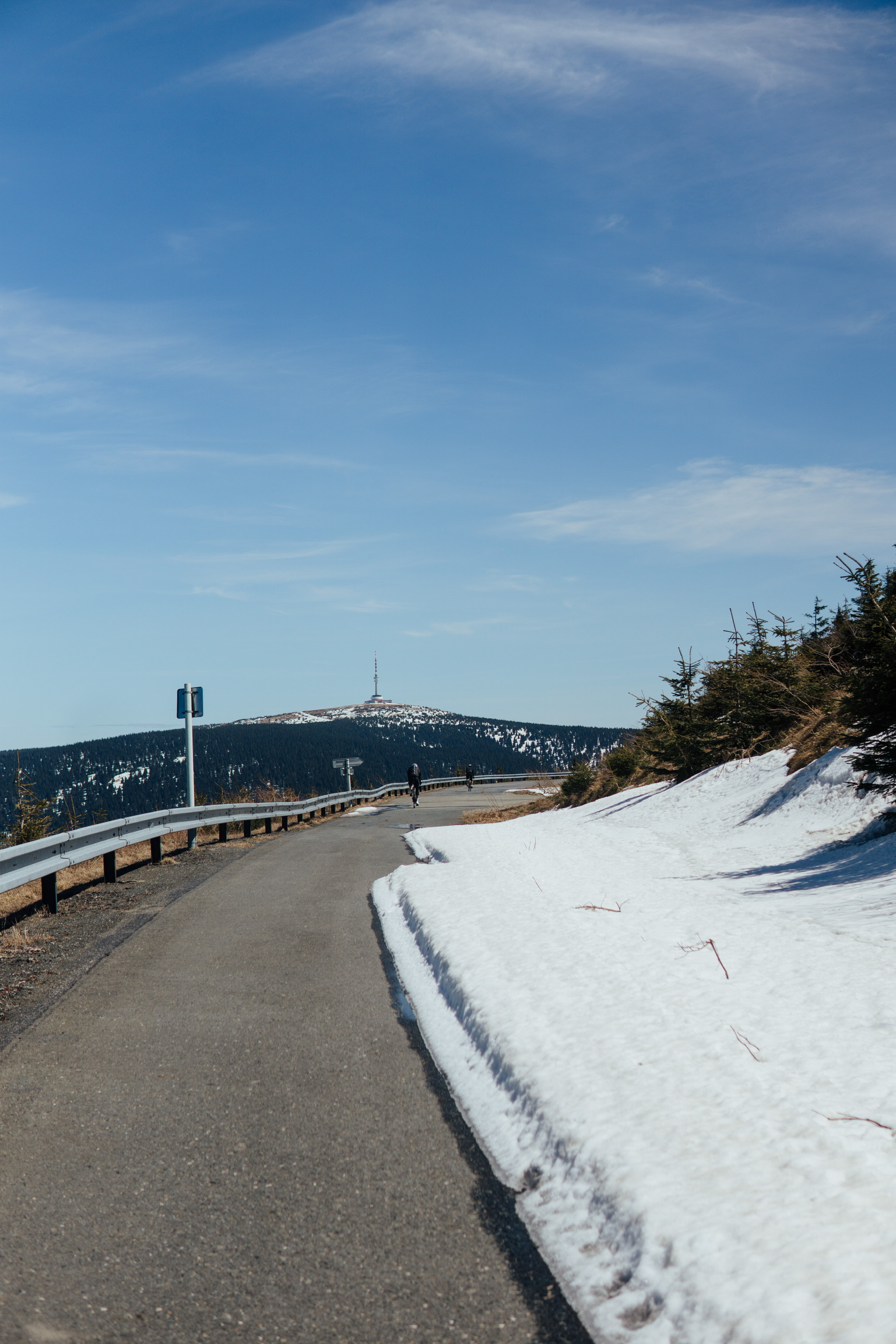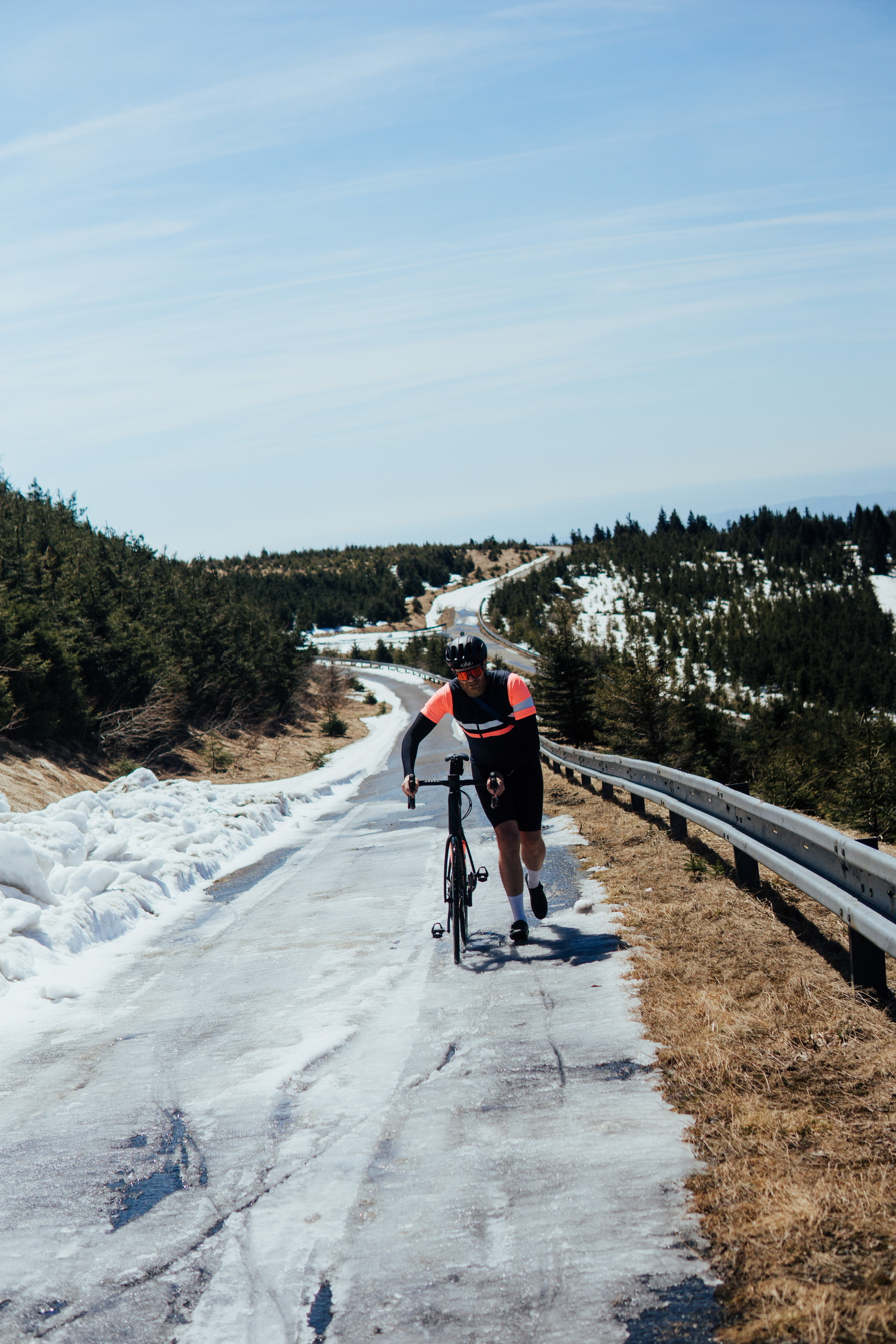This article is another addition to our Places to Ride series, in which we spot the light on locations that might not be renowned as cycling hotspots but are definitely worth discovering on a bike.
This time our collaborator Pavel Novotný will take you to the Czech Republic, a country you probably would not associate with cycling at first glance. However, it has lately seen a boom of several amateur cycling clubs growing as well as interesting cycling events. On this occasion we are focusing on the eastern Moravia region, differentiating between its two parts: Moravian Wallachia and Jeseniky Mountains.
Land of shepherds
The region of Moravian Wallachia has historically been the land of shepherds and, although this is largely no longer the case today, you still feel a certain nostalgia once you ride through the region. It mainly consists of rolling hills, forests and rural villages locked in the valleys. Since the closest larger cities Zlin and Ostrava are both around 50 km away, the most convenient way for your stay is either the town of Roznov or a choice of several wellness hotels and apartments in the nearby town Velke Karlovice, right in the heart of the region.
The Wallachian hell
The first suggested route basically loops around most of the Moravian Wallachia region and its dominant mountain range Moravian-Silesian Beskids. With well over 2.000 meters of elevation gain, it is largely a selection of the finest local climbs that can be conquered in a single, challenging ride. The route is therefore tagged as The Wallachian Hell by the local cycling club Okolo.cc.
Before you head out, it is suggested to taste the very local cuisine for breakfast, especially the frgal pastry to boost you into the first couple of hills. The second climb of the day, Pustevny, is the toughest one on the route, peaking at 1.010 m of altitude and averaging around 7% with gradients up to 12%. Recently, the climb hosted the finish of this year’s Sazka Tour stage 2. The top of the mountain provides a variety of refreshment options as well as sightseeing of unique Art Nouveau architecture.
Once you descend down to the valley, it might be time for a coffee stop in the town of Roznov. Our local tip is to stop at Balloo Café if you fancy a specialty coffee. Heading south next, a series of short, but partly steep rolling hills, will take you through the picturesque heart of the Moravian Wallachia region and you may get the feeling of being completely isolated from any civilization.
For the second part of the route, the profile gets flat as you will be headed to the bottom of the last climb of the day: the Kohutka mountain. As the Czech-Slovak border crosses through the top of the hill, our route first takes you to Slovakia from where the climb starts. At this point, you may stretch the route a few kilometers to visit Isadore in the city Puchov (SVK) where it is based. Once at the top of the final climb, you can recharge your batteries with blueberry dumplings, a typical Wallachian dessert, before you enjoy the well-deserved final descent with hairpin turns down to the starting point of the ride.
Lysa Mountain
Picking one climb as the queen mountain is never an easy task, no matter if talking about the local hills or famous Hors Categorie Alpine climbs. When it comes to the Moravian-Silesian Beskids, the Lysa Mountain tops the ranking. Located further northeast from our previous route, and given that its access road begins at the far end, one must bypass the hill first, observing the red tower sitting on the bald mountain top while approaching the foot of the mountain.
The total elevation gain is over 800 m with a summit at 1.324 meters of altitude. The gradient changes throughout the climb quite often, with a few sections of 14%, and it barely goes below 8%. The Lysa Mountain literally stands for “bald mountain” given its sparsely covered peak, although during most of the climb you will be riding through a nice forest until the final kilometer or so. We chose a different path for the descent and return to our starting point, offering nice views of the water reservoir Sance on the way. The mountain as well as the whole region also offers countless mountain bike trails to follow, which would make for another article.
Jeseniky Mountains
Jeseniky Mountains provide plentiful riding opportunities covering the whole scale from road to downhill enthusiasts. They are located in the northeast of the Moravia region close to the Polish border, yet easily accessible within a 2-hour ride from our original location.
Our last picked route is one primarily on tarmac with a 10 km gravel descent at the end, however, with a slight adjustment, you can avoid the off-road segment too. It starts in the town of Velke Losiny, the home of a renowned thermal spa, which might be a good way to relax after the ride.
There are 3 main climbs on the route: Dlouhe Strane, the favorite choice of several Sazka Tour editions, Cervenohorske Sedlo, and Praded Mountain. Dlouhe Strane is a steady climb on a quiet road with a couple of steep sections. What makes this hill truly special though is for sure its peak: it is a huge water reservoir serving as a pumped storage hydro power plant. With its oval shape and inward incline, it might resemble a giant velodrome. From there you can already spot the tower on the nearby peak of Praded Mountain, our last climb of the day, but first we have to get over other hills.
Cervenohorske Sedlo, or CHS, follows right after you rejoin the main road after the descent. CHS might not be as long nor steep as Dlouhe Strane, but with its beautiful hairpin turns, smooth wide roads, and landscape views, it is a mountain pass we could not ignore. This one is a state road though, so we advise you to save the date for the weekend when the traffic is calm.
Two intermediate climbs via narrow winding forest road follow before we get to the foot of the last climb: Praded Mountain, the highest peak of Moravia. Its altitude of 1.492 m might not sound overly bold, but with the previous climbs already in the legs, it is still 600 m of elevation to gain. On the other hand, it is quite a steady climb so do not get discouraged. The first two thirds of the climb go through the woods, until the scenery finally opens, with the view of the iconic tower at the top.
Now if you choose to ride off-road, stick to the planned route, and enjoy the long final gravel descent down to the main road that will lead you to the starting point. It is time to relax in the spa and have a coffee, being Kafe Pikola our suggested choice for a good specialty coffee.



